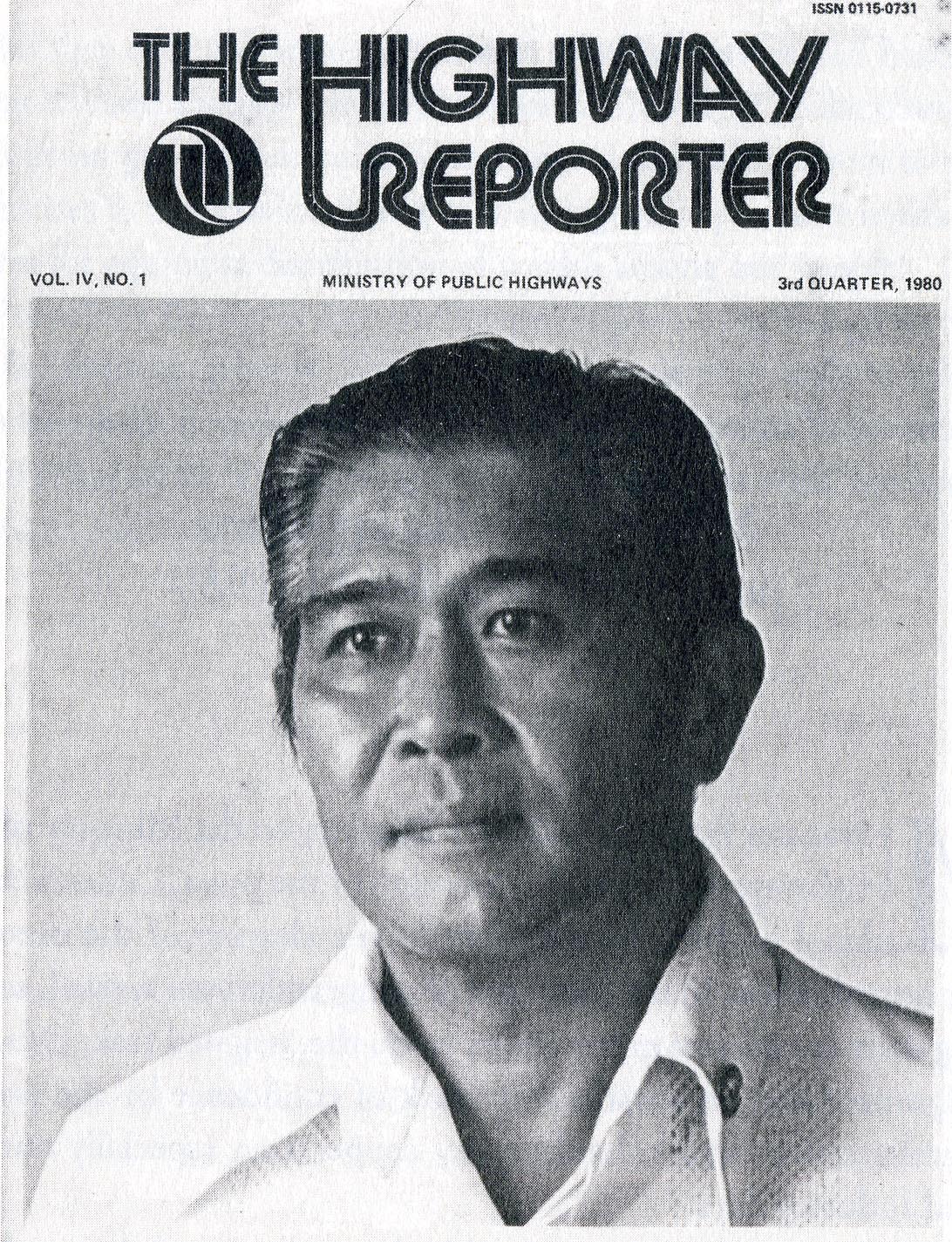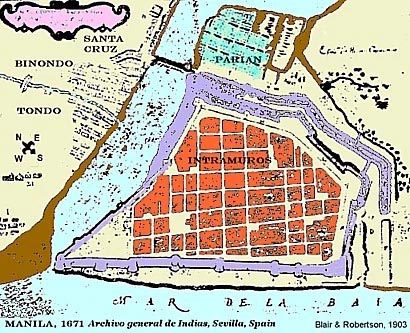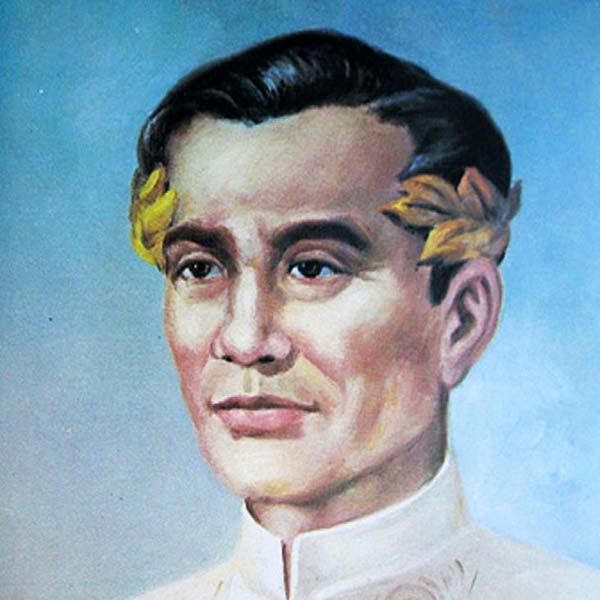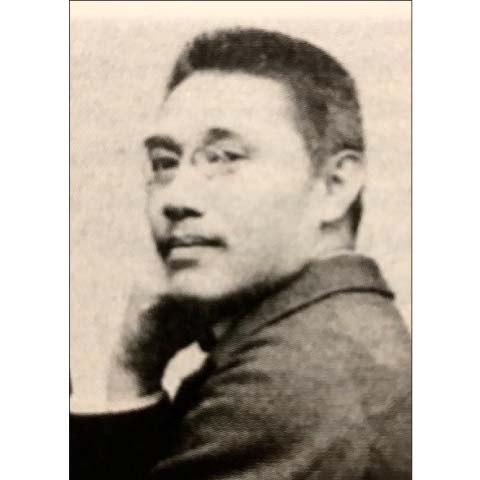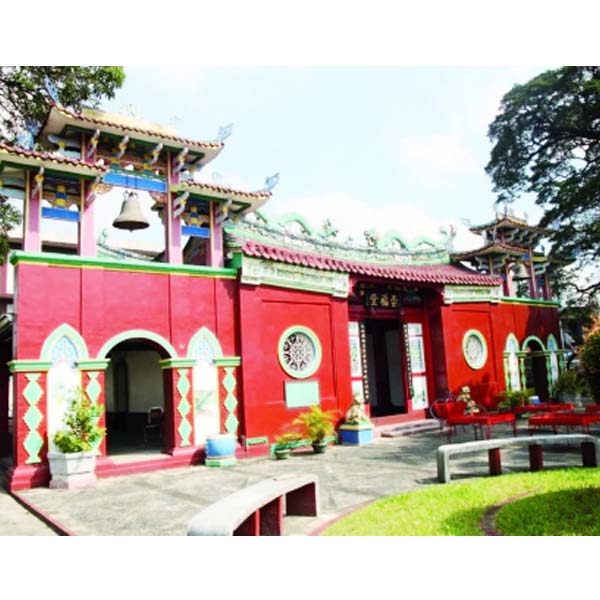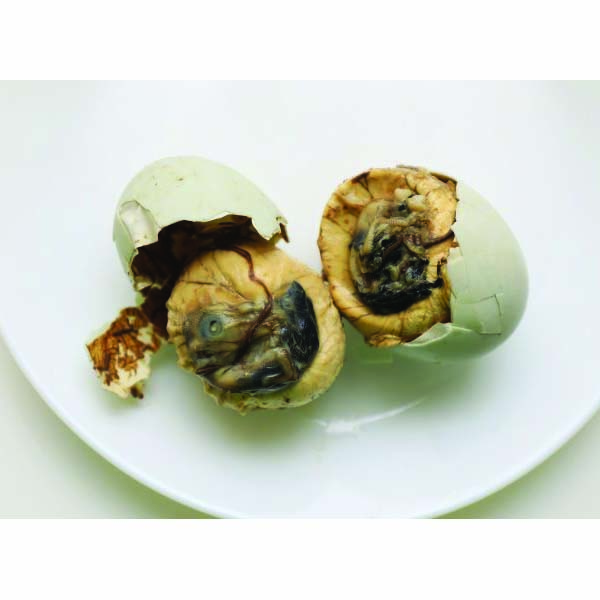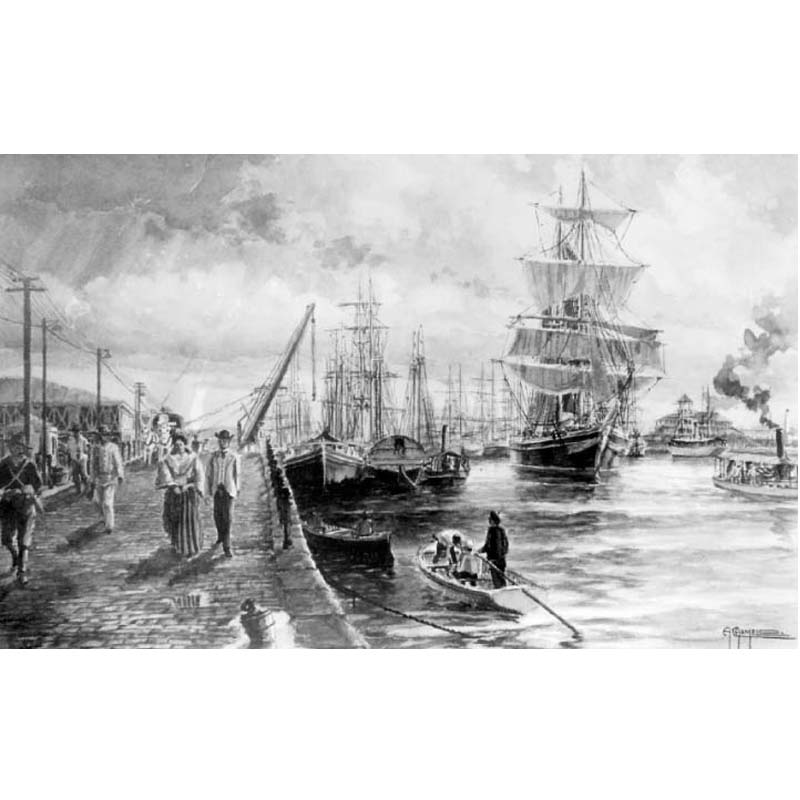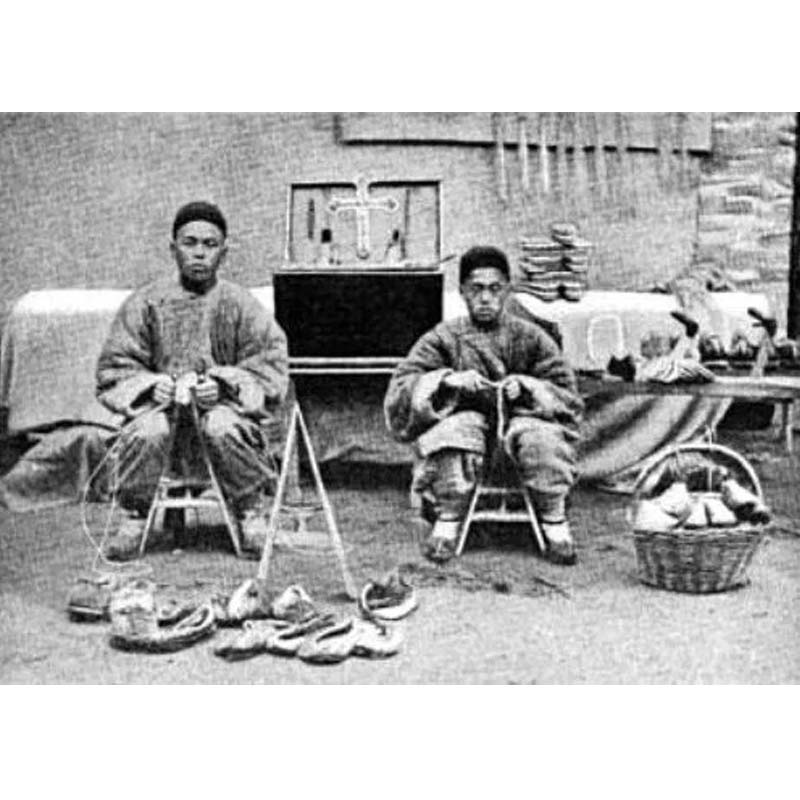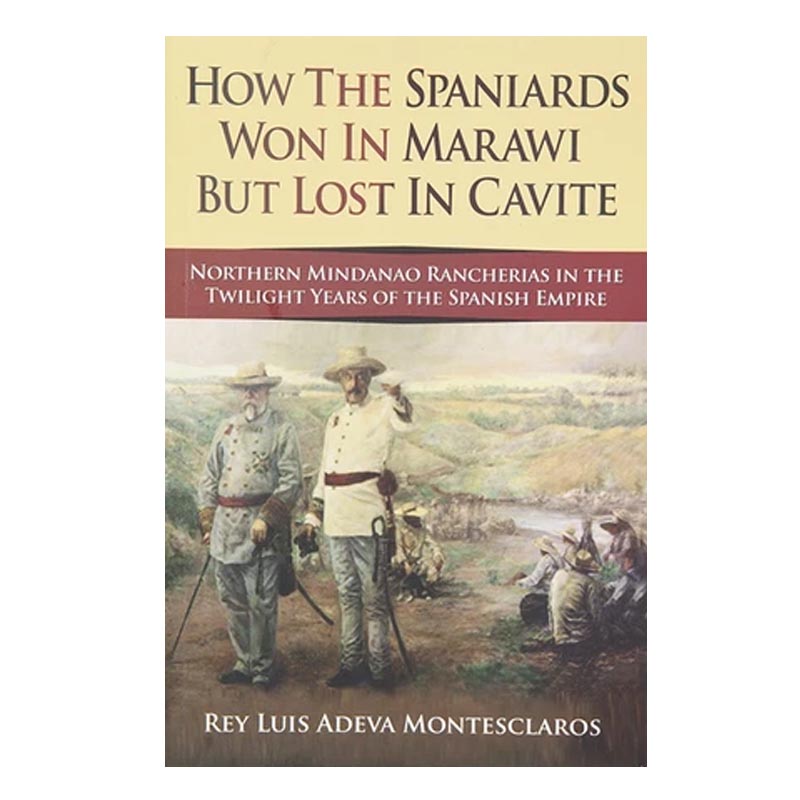First published in Tulay Fortnightly, Chinese-Filipino Digest | January 19-February 1, 2016 | vol. 28 nos. 15-16 | It is well known that Pedro Paterno, a prominent leader of the Propaganda Movement of the 19th century, is a Chinese mestizo, just like many leaders and famous figures of the movement. Not as known is the […]
